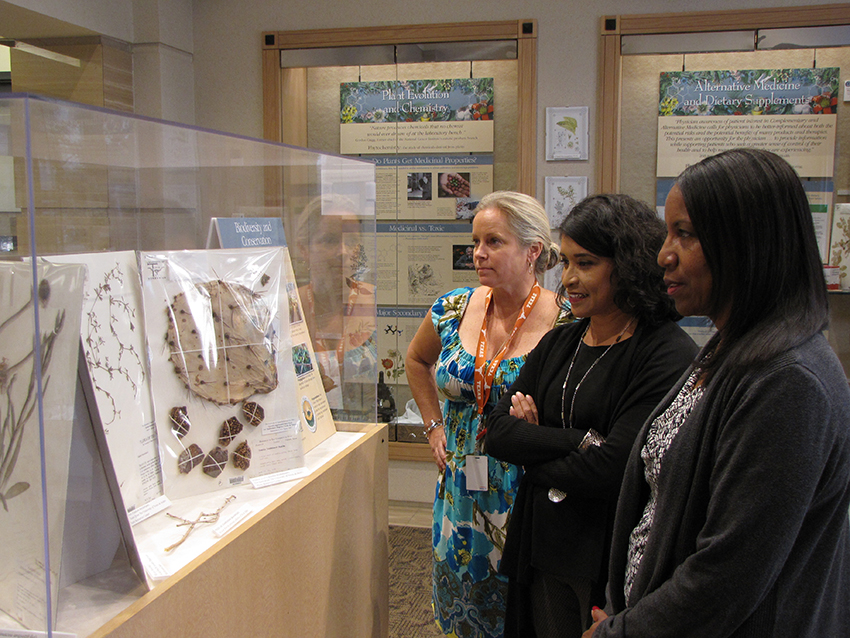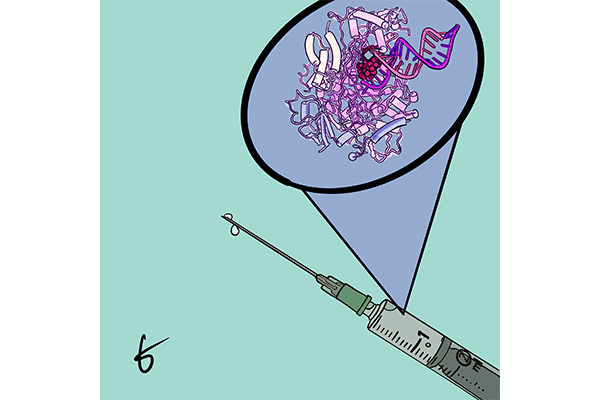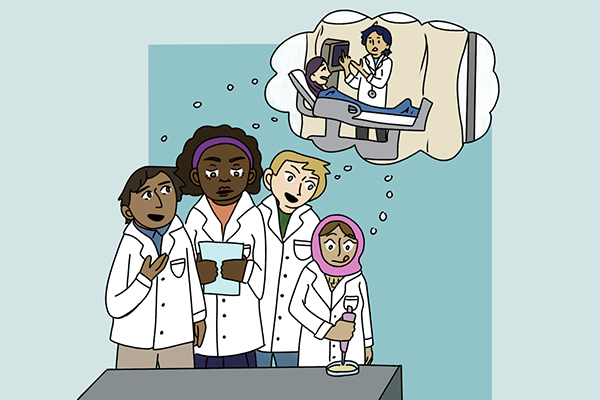Walk into any health food store across the nation, and you’ll find aisle after aisle of herbal supplements and natural remedies of dubious value. While alternative medicine often gets a bad rap, it can be used to complement conventional medicine in a safe way, as shown by an exhibit at the Texas Medical Association’s History of Medicine gallery.
The “Deep Roots” exhibit, presented by the Texas Medical Association, the largest state medical society in the nation, discusses the extensive history and present-day implications of botanical medicine.
About a third of U.S. adults use complementary therapies, such as herbal supplements, according to the Texas Medical Association. However, a lack of cultural competency means that many patients do not discuss using these therapies with their physicians, according to Dr. Linda Villarreal, Texas Medical Association board member and internal medicine specialist.
“These people aren’t trying to hide things,” Villarreal said. “They just don’t understand the potential complications of drug interactions. A lot of herbs can mess with blood thinners. If a patient doesn’t bring up what supplements they’re taking and a doctor doesn’t know to ask, it’ll be a mystery why the medicine doesn’t work.”
Herbal remedies actually contain active ingredients, Villarreal said. Many conventional drugs originate from plants. For instance, aspirin is derived from the bark of a willow tree, and digoxin, a common heart rate regulator, derives from the foxglove flower.
“We want people to recognize these aren’t just alternative remedies,” said Nancy Semin, Texas Medical Association archives and exhibits coordinator. “There’s a lot of legitimacy here, and these tinctures and supplements can have profound pharmacological effects.”
Despite the potential complications of drug interactions, Villarreal said she is a staunch proponent of unconventional medicine. She personally takes 27 vitamins a day.
However, Villarreal cautions on supplement labeling. Although U.S. laws require the listing of ingredients on vitamin bottles, the precise composition of pills can greatly change their effects.
“Additionally, with manufactured products comes fillers, contaminants and other things that may not be a good thing,” Villarreal said. “If they are pure extracts, and you know what you are taking and you’ve had this conversation with your physician, they can actually help.”
Villarreal added that, despite its name, alternative medicine is meant to be used in conjunction with rather than instead of traditional medicine.
“I really hesitate using the word alternative,” Villarreal said. “Alternative suggests that instead of taking your blood pressure medicine, you’re taking a garlic pill. Complementary, on the other hand, includes things like teas, acupuncture and prayer, which should allow actual medications to work or work better.”
On Nov. 1, in honor of Mexican holiday Day of the Dead, the Texas Medical Association debuted a Spanish translation of the exhibit in hopes of educating a wider audience.
“It’s simply a matter of assimilating what people have been doing for centuries with modern science and pharmacology,” Villarreal said. “Patient-physician conversations are key.”
The exhibit is located on the first floor of the Texas Medical Association building at 401 W. 15th St. It is open 9 a.m.–5 p.m. Monday through Friday, and admission is free.





















